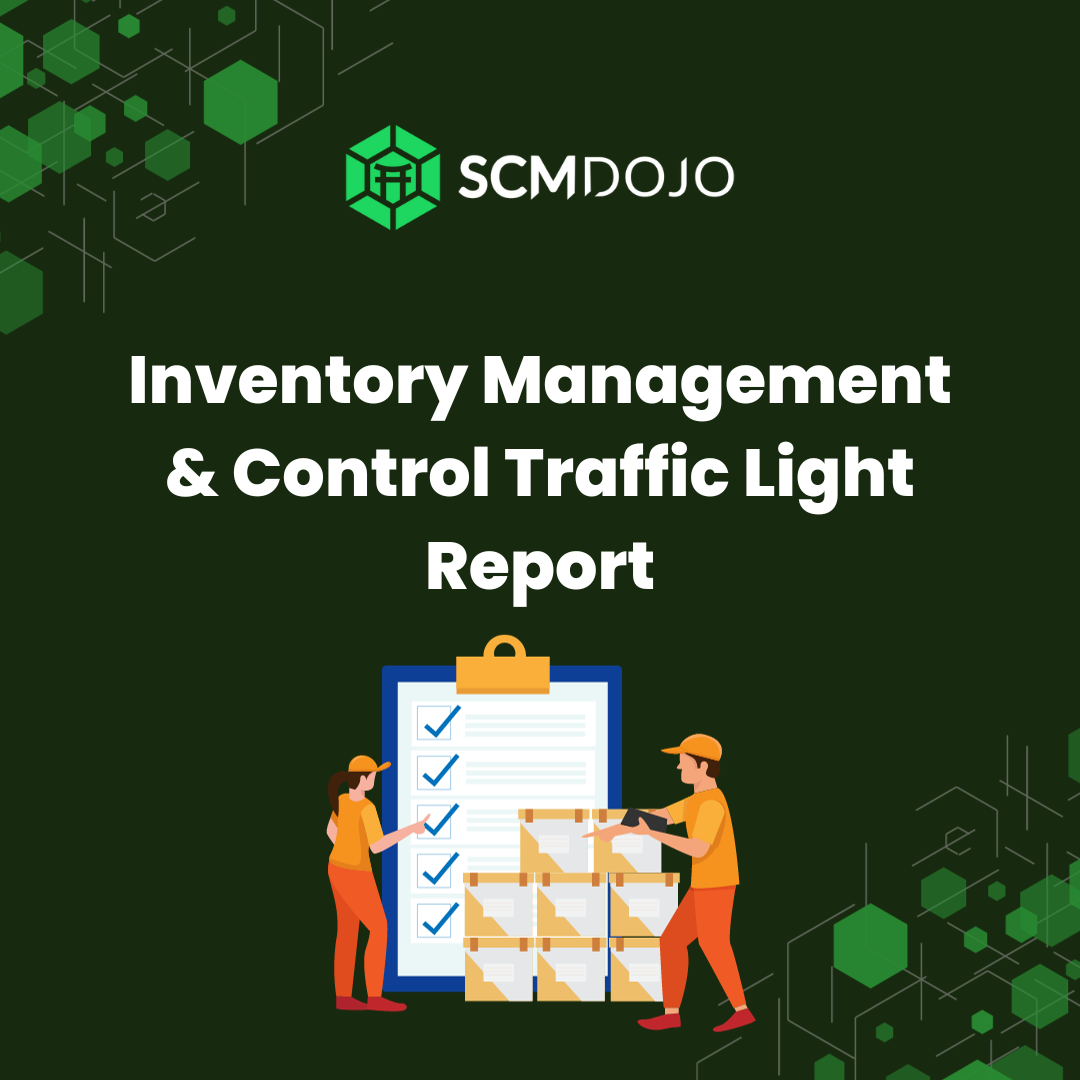Utilize effective inventory control techniques for optimal stock levels, avoiding financial losses from overstocking and revenue implications and wondering how to create an inventory control template in Excel? Continue reading.
Inventory Control Techniques also help prevent issues like dead stock and spoilage. Inadequate inventory management of perishable items, like food, can cause losses. Use efficient inventory control templates to avoid spoilage and to dead stock.
Furthermore, implementing the right Inventory Control Techniques can help reduce storage costs. Warehousing expenses are often variable and depend on the amount of inventory stored. If you hold excess inventory or products that are difficult to sell, your storage costs will increase! And I have seen this happening with many customers.
When you are well-versed in the essential Inventory Control Techniques, you can accurately track the number of products you have. In sales, this knowledge allows you to anticipate when you might run out of stock and ensure timely restocking. Prevent sales losses and enhance cash flow with our free Excel inventory control template. Download now for seamless management.
Establishing a solid foundation with the proper Inventory Control Techniques is crucial. Various inventory control templates are available to maximize efficiency and profitability. Here are Ten key Inventory Control Techniques that have stood the test of time:
1. First-In-First-Out (FIFO)
The “First-in, first-out” principle constitutes a fundamental pillar within Inventory Control Techniques. Essentially, it dictates that the initial stock received (first-in) should be the first to be dispatched (first-out).
Crucial for perishables, prevent deterioration. Timely manage temporary inventory. For non-perishables, FIFO adherence is crucial. Rear storage may lead to depreciation due to evolving designs and features
Maintaining a well-organized warehouse is imperative. Introduce new items at the back, position older ones at the forefront. When outsourcing, verify adherence to FIFO principles for certainty
2. ABC Analysis and ABC Classification
When it comes to Inventory Management, ABC Analysis is a must-have, and it serves as a basis for Inventory Control Techniques. ABC classification offers several benefits:
- End-of-Life Management: It helps forecast demand, allowing for better management of stock levels, particularly for products in the decline phase.
- Supplier Negotiation: Focus negotiation efforts on Class A items to maximize profitability. Negotiate not only on price but also on additional benefits like post-purchase services.
- Inventory Optimization: Organize stock levels according to priority, ensuring high-demand items are readily available while minimizing carrying costs. To facilitate this we have developed an Inventory Optimization Tool in Excel that will save your days of effort, but just effort. Please access it from here.
- Strategic Pricing: Set prices strategically for high-value items, considering customer demand and profit margins.
- Resource Allocation: Continuously monitor Class A items to align stock levels with customer demand. Reclassify items as needed based on their importance.
- Customer Service Levels: Tailor service levels to the product classification, optimizing the supply chain performance and reducing safety stock for low-margin items.
Free Inventory Management And Control Traffic Light Report.xlsx
3. Establishment of Annual Stocking Procedure
This Procedure mandates the discerning selection of both upper and lower thresholds for inventory and supplies maintenance within the warehouse. Incorporating these factors, meticulously define optimal re-order thresholds, adhere to safety stock levels, and determine average inventory for cost containment.
You can access the stocktaking procedure guide at our SCMDOJO site or click here!
4. Establishing Optimized Purchasing Procedures
To set up optimized purchasing procedures, first, look at what items sell quickly and what doesn’t. Make templates that help plan orders well. Sort items based on how fast they sell. Remove items that haven’t sold for a long time to save costs. If an item isn’t popular anymore, check it closely and adjust how much you keep in stock. Change when you order more to avoid having too much. Use tools like inventory control templates in Excel to help. Keep an eye on how well things are going and adjust as needed.
5. Regular Auditing/ Cycle Counting
Vigilantly maintaining accuracy is vital in inventory management. Warehouse data guides assessments, necessitating rigorous validation through physical inventories, spot checks, and cycle counting. Utilize an Excel inventory control template for efficient data management.
A comprehensive physical inventory or stocktaking involves tallying the entire stock in a single effort. Traditionally, businesses conduct this annually, aligning with accounting and tax requirements. However, this annual ritual disrupts operations and retracing steps across a year in case of discrepancies becomes challenging.
If you don’t have a procedure, you can access Stocktaking Procedure – The Ultimate Guide to have a clear procedure for your organisation.
Frequent spot checks are a reasonable response to recurring anomalies or surplus items. This technique involves counting individual items and comparing to benchmarks. Notably, spot checks, selectively deployed, supplement comprehensive inventories.
In pursuit of efficiency, some enterprises replace the year-end physical inventory with cycle counting, inspecting items daily, weekly, or monthly. This approach enhances accuracy and overall inventory control efficiency.
To Download our best practice guide for Cycle Counting Procedure, Click here!
6. Develop Inventory Management and Control Report
In the list of inventory control techniques, this is a must-have.
Creating an Inventory Control Report, explained in the content, is an intelligent way to share important info about low or high-stock quickly is one of the biggest driver of my success as Supply Chain Manager in Eaton.
The process involves identifying, classifying, and monitoring inventory items through a systematic Traffic Light Color system (comprising Red, Amber, Green, and Blue), allowing for proactive actions and efficient decision-making.
This method not only facilitates the reduction of stockouts and their associated costs but also enhances visibility into the stock status, with the ability to swiftly decide on shipping modes and seek input from planning teams and suppliers.
The report’s impact extends to 1st tier suppliers, benefiting broader supply chain management. Recommended KPIs supplement comprehensive inventory control.
Learn more about the topic on our Blog: How to Develop Inventory Management and Control Report
7. Maintaining a Perpetual Inventory System
Despite designing templates, implementing automated inventory systems ensures perpetual, precise tracking of stock quantity and valuation for efficient management.
Many distributors combine Enterprise Resource Planning (ERP) or Warehouse Management System (WMS), integrated with an Inventory Optimization system to achieve an optimal inventory equilibrium.
ERP and WMS technologies cut expenses, uphold service levels, emphasizing the pivotal role of optimization programming in seamless business operations
8. Budgeting the Inventory controls
Anticipation and meticulous planning are crucial for effective inventory management. Formulate an annual inventory budget well in advance, encompassing ownership, carrying, operational, logistical, redistribution, and ancillary expenses. Utilize inventory control templates to guide budget allocation
In my experience in most business, budgeting for inventory as inventory control technique, but in my corporate experience this is where all bar has been set.
9. Consider Drop-shipping
Drop-shipping is a key Inventory Control Technique, shifting responsibility from the seller to the manufacturer or distributor. This approach streamlines inventory management, providing flexibility and risk mitigation for business growth.
In addition to the efficiency and risk mitigation benefits, drop-shipping also alleviates the need for significant upfront investments in inventory.
10. Inventory Turnover Ratio
The Inventory Turnover Ratio gauges how quickly inventory is used or ‘turned over.’ A higher ratio signals swift obsolescence, potentially increasing sales and profitability with a narrowed margin. Meticulous tracking of dynamic demand patterns ensures accurate replenishment estimates.
Learn more about the topic on our Blog: 7 Rock-Solid Inventory Management KPIs Proven to Control Your Inventory.
Inventory control is an essential part of the inventory management process. At SCMDOJO, we believe that a basic understanding of inventory management concepts is a MUST for all employees in the business and that is why we have created a 5-star course on Basics of Inventory Management Course. Here is the course overview video:
Conclusion
Picking the appropriate inventory control methods for your business can be quite a challenge as it expands. Despite this, using effective techniques is crucial for cutting costs, sustaining profits, forecasting sales, understanding patterns, and preparing for unforeseen circumstances.
These suitable techniques give your business a more substantial chance to generate profits and ensure its continued operation.
As a result, you must take charge of your inventory management. Doing so will help prevent financial losses by implementing the right techniques for your business. It’s all about managing your inventory efficiently to cut costs, maintain a profit, and secure your business’s long-term viability.





